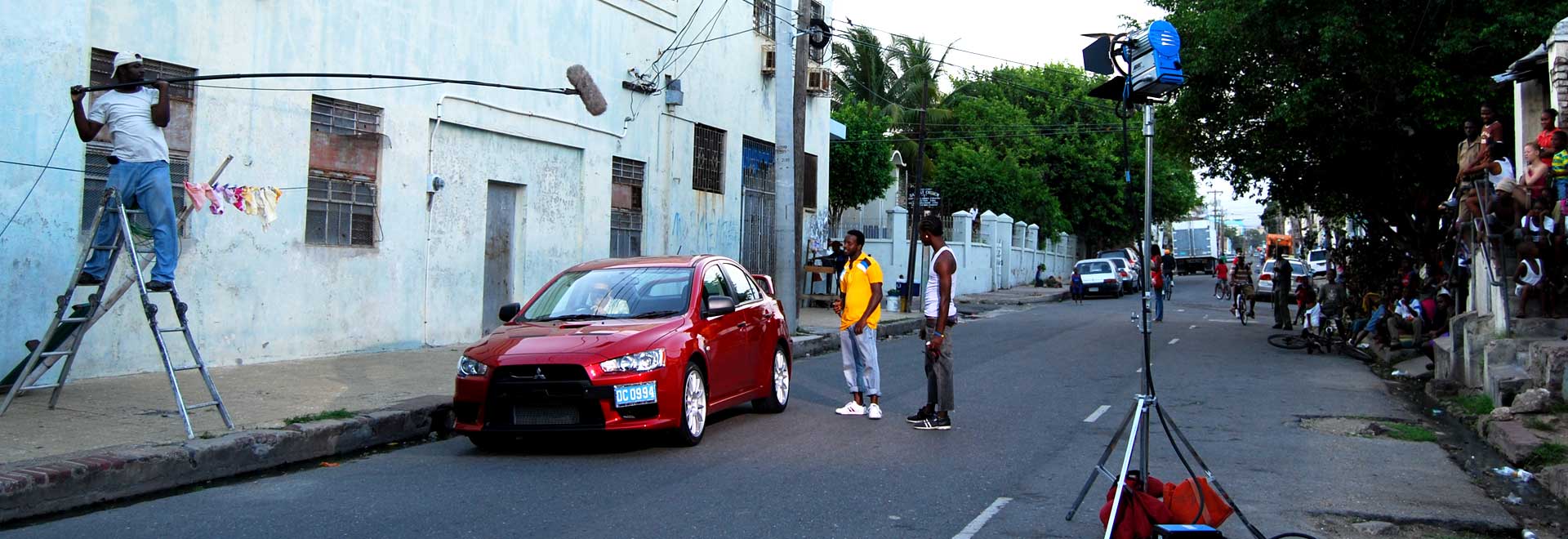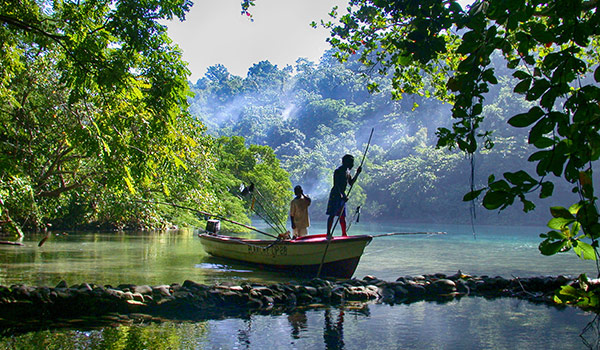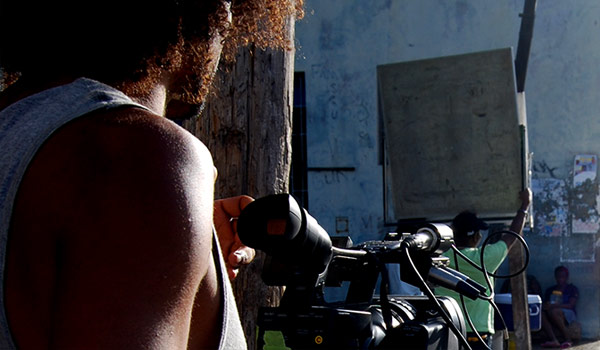
Film (and) Tourism in Jamaica
The widespread circulation of Jamaican images and sounds, combined with the high degree of movement from and to the island by both tourists and migrants, make Jamaica a very pertinent case for investigating the phenomenon of film tourism within the global context of touristic vacationscapes and diasporic homelands.
Publications
Martens, Emiel. “The History of Film and Tourism in Jamaica.”
Reshaping (G)local Dynamics of the Caribbean. Eds. Anja Bandau, Anne Brüske and Natascha Ueckmann. Heidelberg: Heidelberg University Publishing, 2018. 193-216.
Martens, Emiel. “From The Harder They Come to Yardie: The Reggae-Ghetto Aesthetics of the Jamaican Urban Crime Film.”
Special Issue on ‘Representing Organised Crime in Jamaica’. Interventions: International Journal of Postcolonial Studies. 20:1 (2019), 71-92.
Martens, Emiel. “A Daughter of the Gods (1916): Film, Tourism and Empire on Location in Jamaica.”
Special Issue on ‘Comparative Histories of Moviegoing.’ TMG Journal for Media History. 23.1/2 (2020): 1-5. DOI: https://doi.org/10.18146/tmg.599
Martens, Emiel. “The 1930s Horror Adventure Film on Location in Jamaica: ‘Jungle Gods’, ‘Voodoo Drums’ and ‘Mumbo Jumbo’ in the ‘Secret Places of Paradise Island’.”
Special Issue on ‘Religion and Postcolonial Literature, Art, and Music.’ Humanities. 10.62 (2021): 1-26. DOI: https://doi.org/10.3390/h10020062

JAMAICA
Over the past fifty years Jamaica has become known worldwide for its tropical decor and reggae music. While having a size of only 11.000km² and a population of less than 3 million people, almost everywhere around the globe the island conjures up images of pristine beach vacations and sounds of pulsating reggae beats. Since the early 1990s these images and sounds have attracted well over 1 million tourists to Jamaica each year. At the same time, along with the island’s images and sounds, many Jamaican people have migrated overseas, making the Jamaican diaspora one of the largest diaspora in the world in relative terms (estimates of the number of Jamaicans living overseas run as high as 3 million). The widespread circulation of Jamaican images and sounds, combined with the high degree of movement from and to the island by both tourists and migrants, make Jamaica a very pertinent case for investigating the phenomenon of film tourism within the global context of touristic vacationscapes and diasporic homelands.

SCAPES
Mediascape. Jamaica’s contemporary popular culture is dominated by two discourses: a paradise discourse promoted by the local tourism industry and perpetuated by global media culture, particularly American film and television, and a poverty discourse produced by the Jamaican music industry and further shaped by homegrown films. With an emphasis on individual films, this first line of inquiry will examine these competing discourses and the ways in which they mediate a sense of place for both international and diaspora tourists.
Powerscape. The second line of inquiry will review the development discourse of the Jamaican creative industries and the Jamaican film industry in particular. First, the government strategies to attract foreign film producers will be examined, including their effects on (business) tourism and (host) communities. Then, the more informal landscape of film locations, tours and festivals will be investigated, again taking into account their impact on tourist flows and local sites.
Mindscapes. In the third line of inquiry the focus is on the tourist experience of Jamaica enthusiasts throughout the world, taking into account the seemingly different tourist groups of (American) beach lovers, (European) reggae fans and (diasporic) homeland seekers


